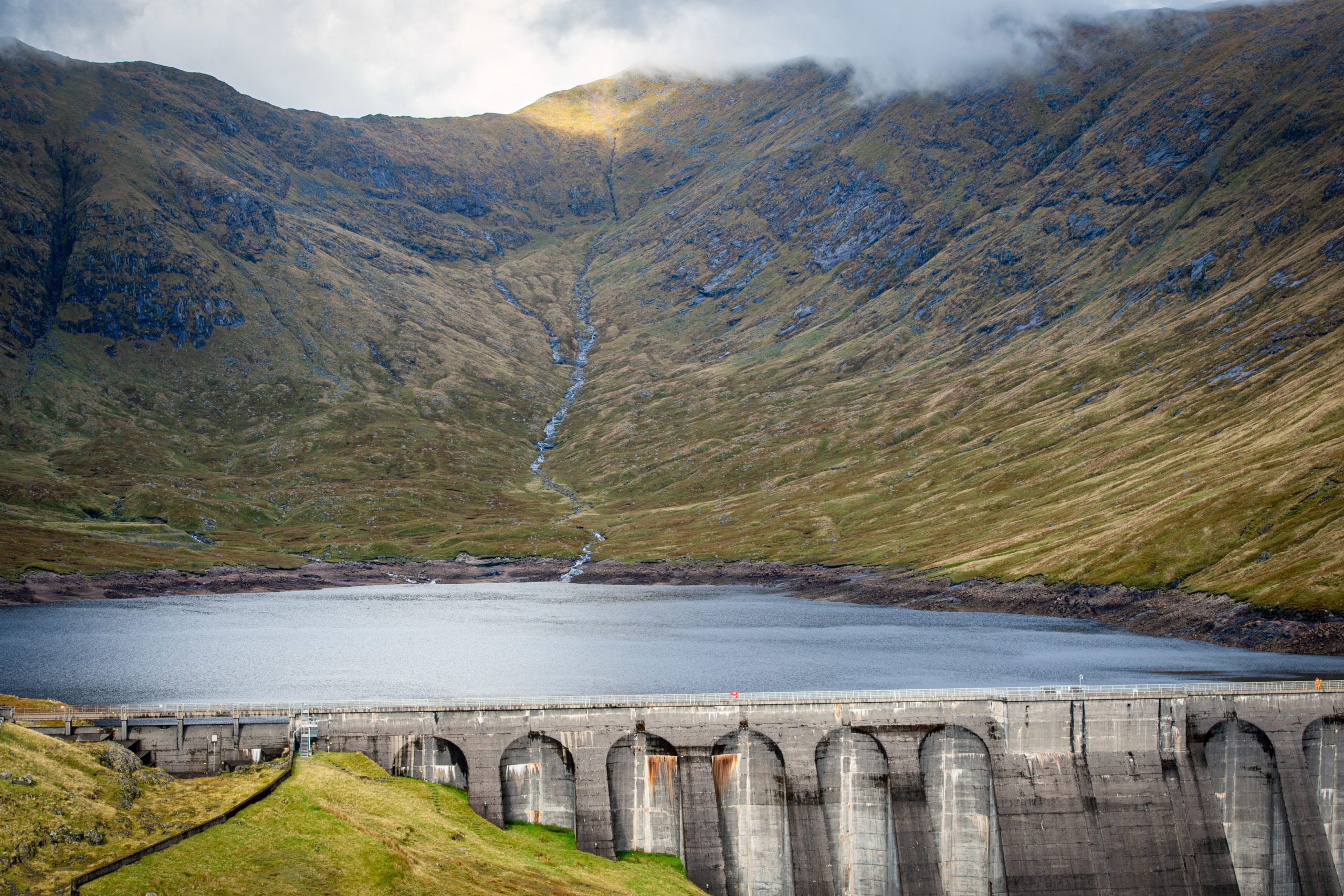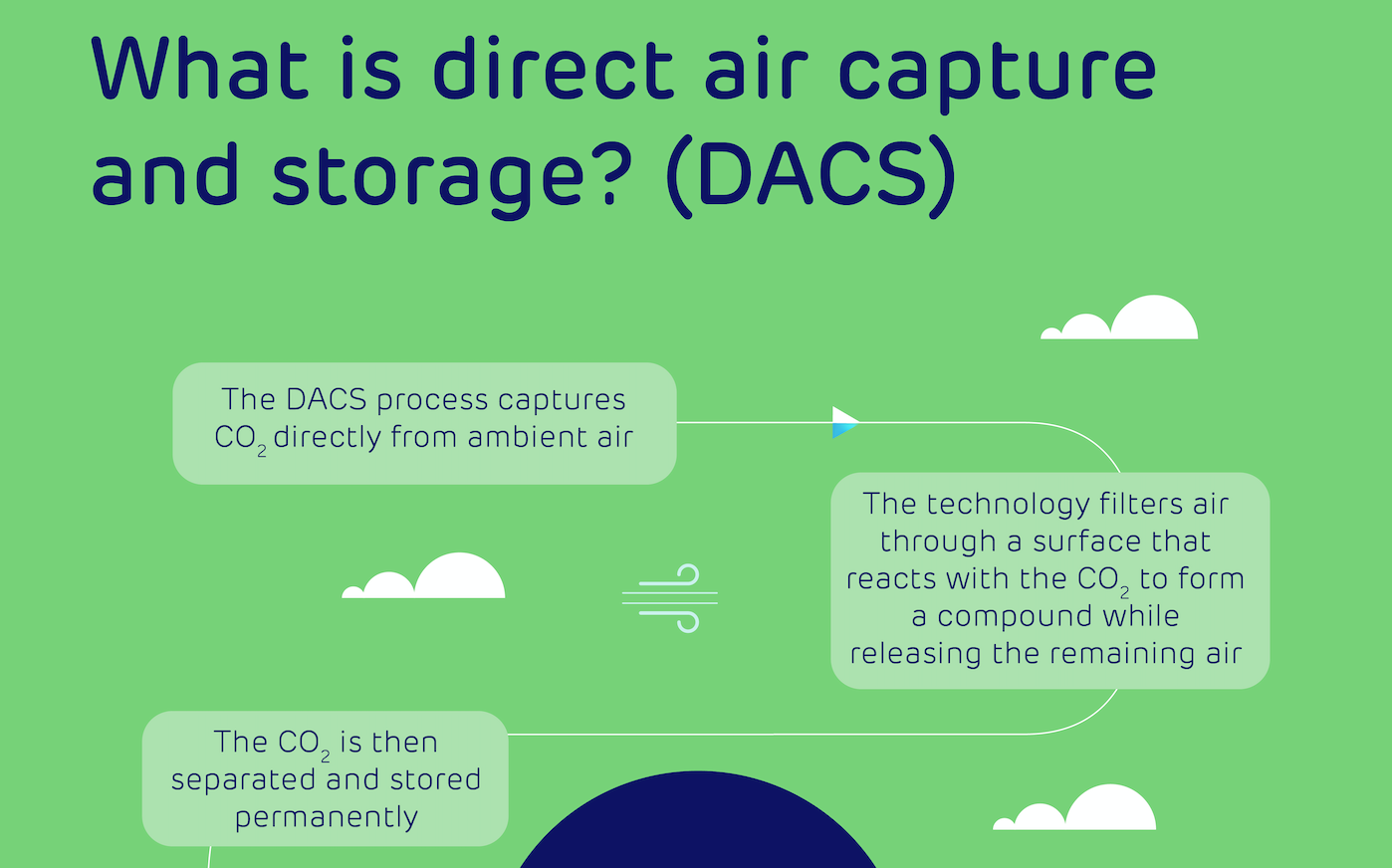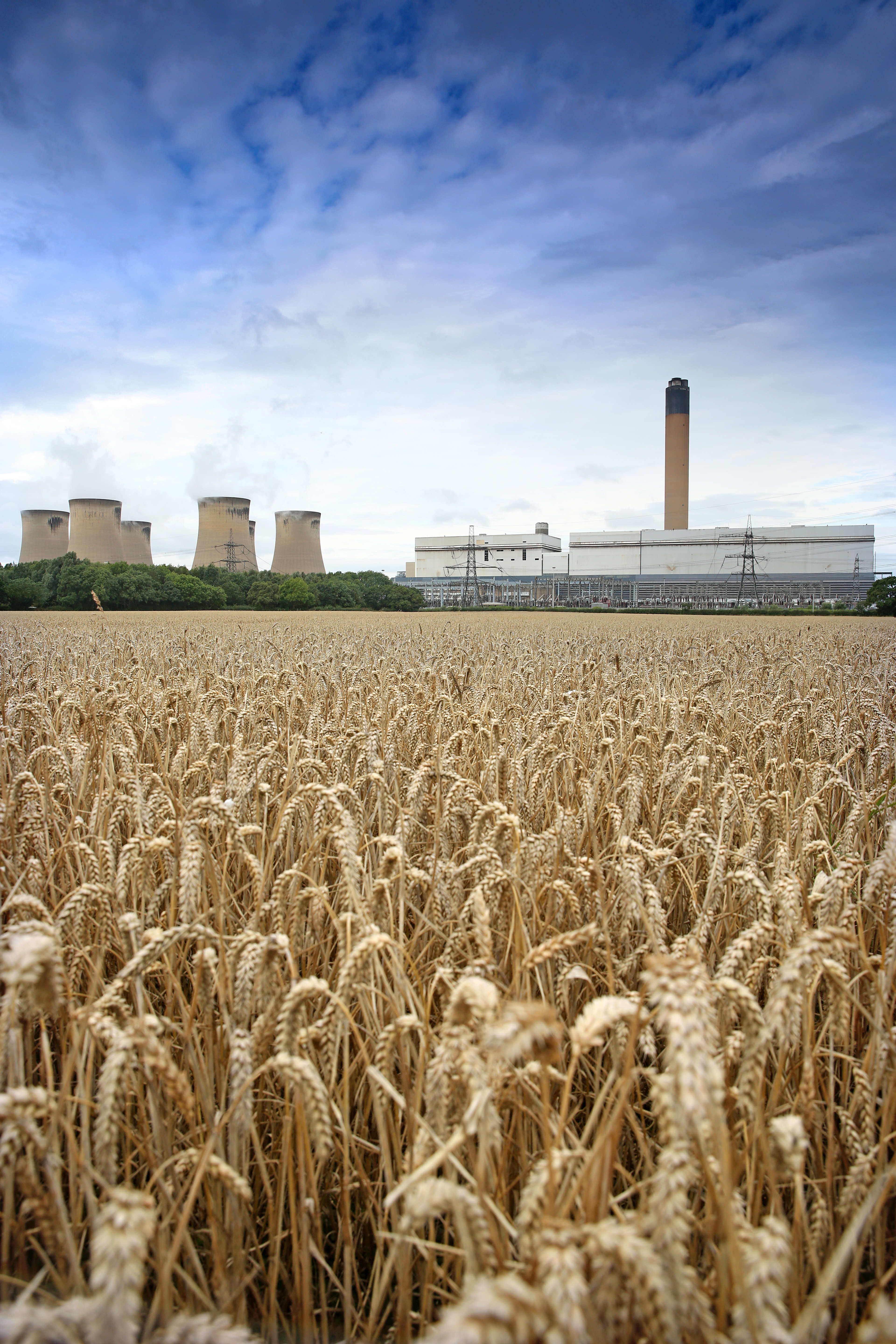
RNS Number : 5919R
Drax Group plc
(“Drax” or the “Group”; Symbol:DRX)
In response to increased pressure on European gas markets and associated concerns about electricity security of supply in the UK this winter, the UK Government has asked owners of legacy coal-fired generation assets, including Drax, to work together with National Grid to temporarily extend the life of their coal generation assets to March 2023.
At the request of the UK Government, Drax has now entered into an agreement with National Grid – in its capacity as the electricity systems operator – pursuant to which its two coal-fired units at Drax Power Station will remain available to provide a “winter contingency” service to the UK power system from October 2022 until the end of March 2023. The units will not generate commercially for the duration of the agreement and only operate if and when instructed to do so by National Grid.
Under the terms of the agreement, Drax will be paid a fee for the service and compensated for costs incurred, including coal costs, in connection with the operation of the coal units in accordance with the agreement.
Will Gardiner, Drax’s Group CEO, said:
“At the request of the UK Government, Drax has agreed to delay the planned closure of its two coal-fired units and help bolster the UK’s energy security this winter.
“Drax has played a central role in ensuring Britain’s energy security over several decades and our workforce is proud to be providing this critical support to the UK energy system.
“Drax is the UK’s largest generator of renewable power, producing enough reliable, renewable electricity for 5 million households from our sustainable biomass and hydro operations and we remain committed to delivering a coal-free future.
“The UK’s long-term energy security depends on investment in innovative green technologies like bioenergy with carbon capture and storage (BECCS), which provides reliable, renewable power whilst permanently removing CO2from the atmosphere.
“Drax aims to invest billions of pounds developing BECCS in the UK by 2030, provided that the UK Government has in place policies to support the feasibility and delivery of negative emissions technologies, which it has committed to developing this year.”
Drax ended commercial operations on its two-remaining coal-fired generation units in March 2021, and formal closure was planned for September 2022, following the fulfilment of the Group’s Capacity Market obligations on these units.
A limited six-month extension to March 2023 is not expected to result in a material level of coal generation(1). Throughout 2021, coal-fired generation accounted for 3% of the Group’s generation output and in the first three months of 2022, this was less than 1%, with the balance from renewables – sustainable biomass, pumped storage and hydro.
The decision to end coal generation supports the Group’s purpose of enabling a zero-carbon, lower-cost energy future and the transition to a flexible, renewable generation model. This has led to a more than 95% reduction in the Group’s Scope 1 and Scope 2 carbon emissions since 2012 and enabled Drax to become the UK’s largest source of renewable electricity by output.
Investment in renewables
To date, Drax has invested over £2 billion in renewables and UK security of supply, with options for a further £3 billionto be invested this decade, subject to the right investment environment. These investment options include the development of negative emissions technologies and pumped storage, which the UK Government has said are necessary to decarbonise the electricity generation sector by 2035 and reach net zero by 2050.
No expected impact on BECCS
Drax continues to expect to take a final investment decision on its Drax Power Station BECCS project in 2024, subject to the right investment environment and, in 2022, is investing incrementally in the development of this option. This includes the removal of certain coal infrastructure. A six-month extension of coal is not expected to impact on the timing of a final investment decision or intended commissioning date for the project. Site preparation works for BECCS are ongoing and will accelerate following formal closure of the coal units in March 2023.
The UK Government recognises the important role which BECCS has to play in delivering net zero, requiring at least 5Mt of CO2 per year from BECCS and other engineered Greenhouse Gas Removals (GGR) by 2030. To support this ambition, in July 2022, the UK Government published a consultation on engineered GGR’s. Separately, in order to develop the financial model required to support BECCS – and reflective of its advanced technological readiness and the co-benefits of both power and negative emissions – the UK Government is expected to publish a power BECCS business model consultation during summer 2022.
The Group believes that negative emissions and BECCS represent a trillion-dollar global market opportunity and is separately continuing to develop options to deliver 4Mt of negative CO2 emissions each year from new-build BECCS outside of the UK by 2030.
Notes:
(1) Drax will work with National Grid to source up to approximately 400,000 tonnes of additional coal (which together with current stocks is enough for c.1TWh of electricity generation) to deliver the service, and will only operate if and when instructed to do so by National Grid.
Enquiries:
Drax Investor Relations: Mark Strafford
+44 (0) 7730 763 949
Media:
Drax External Communications: Ali Lewis
+44 (0) 7712 670 888
Website: www.Drax.com
END








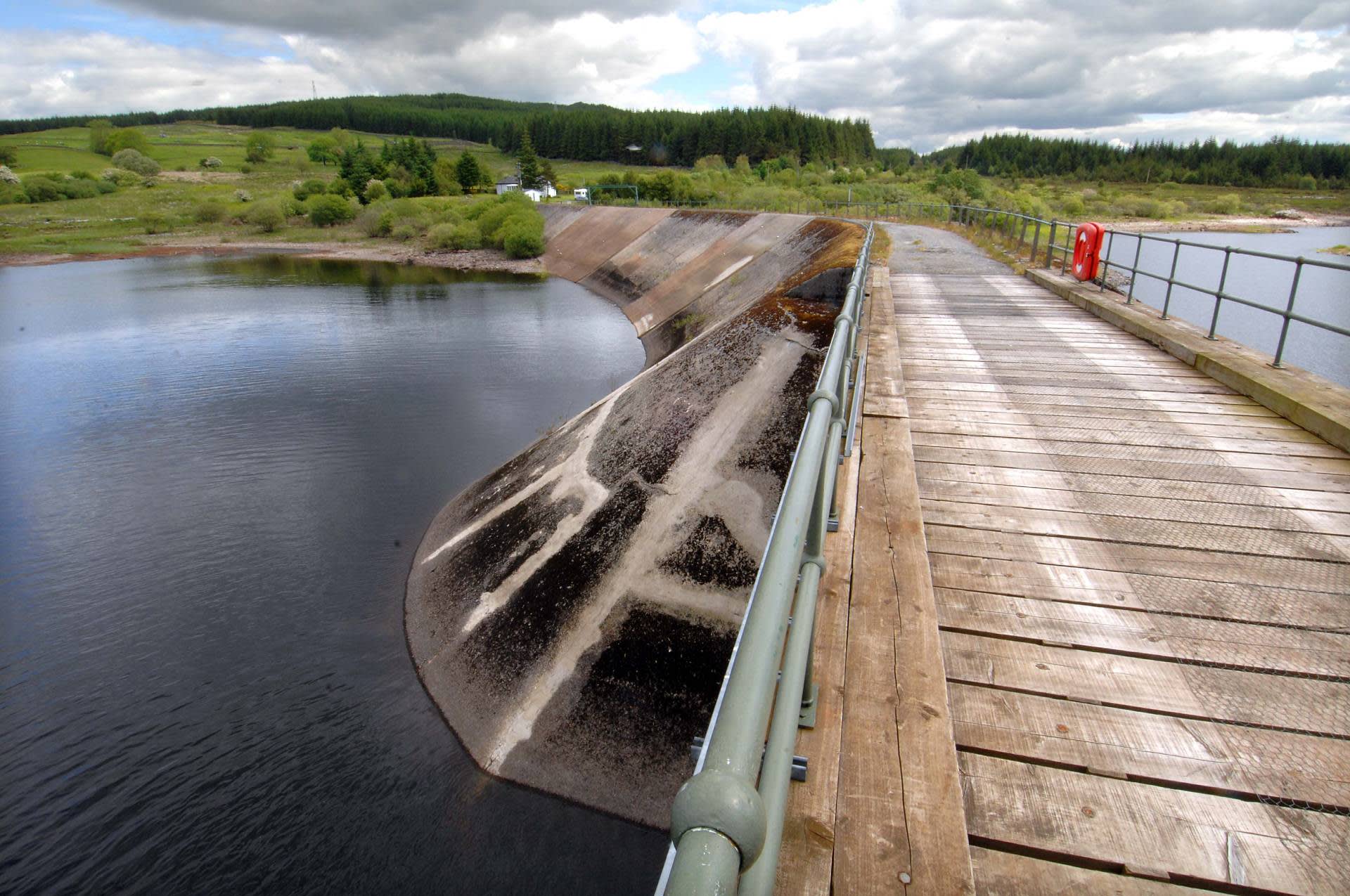




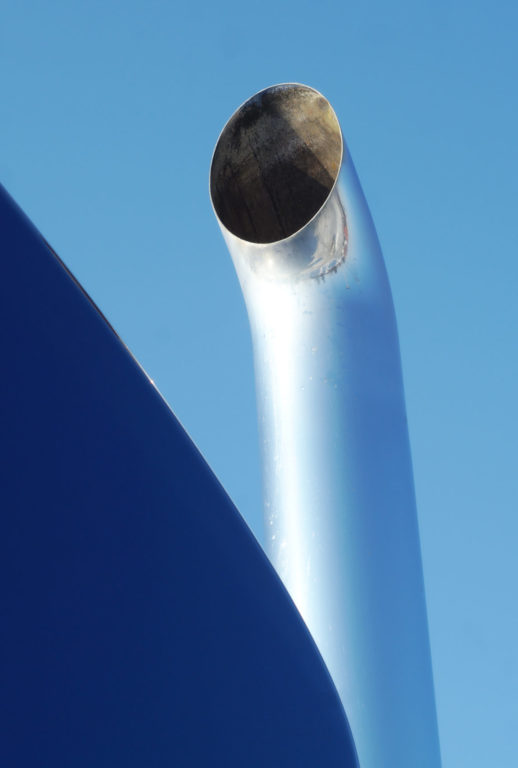 Scope Two emissions are those which come from the generation of energy an organisation uses. These can include emissions form electricity, steam, heating, and cooling.
Scope Two emissions are those which come from the generation of energy an organisation uses. These can include emissions form electricity, steam, heating, and cooling.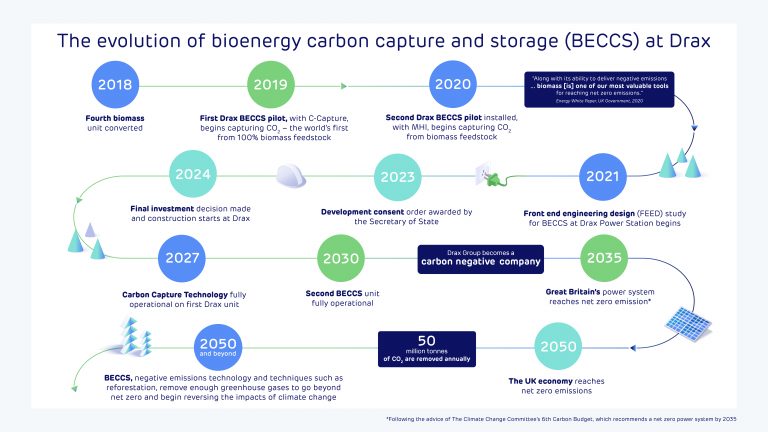
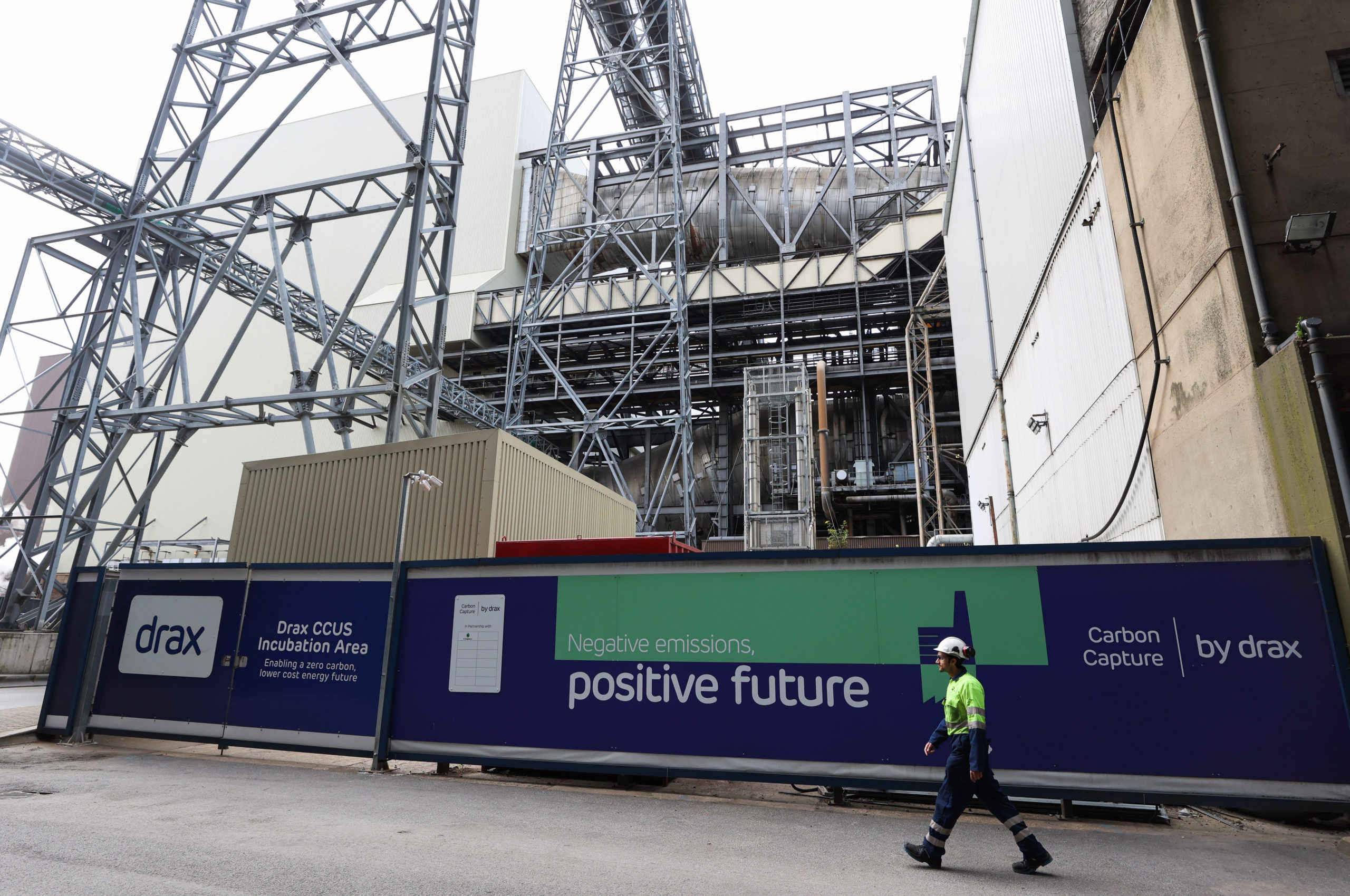
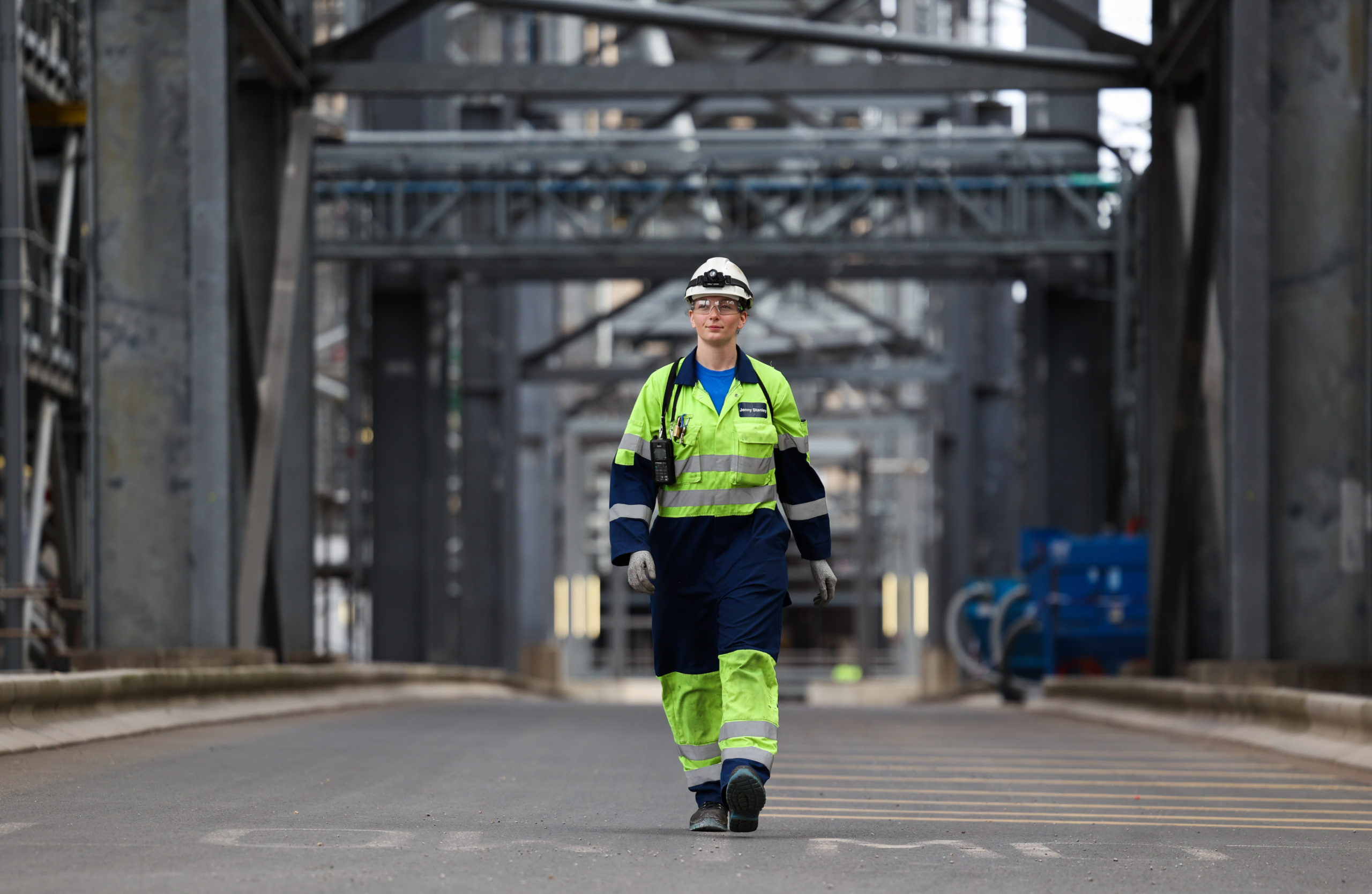

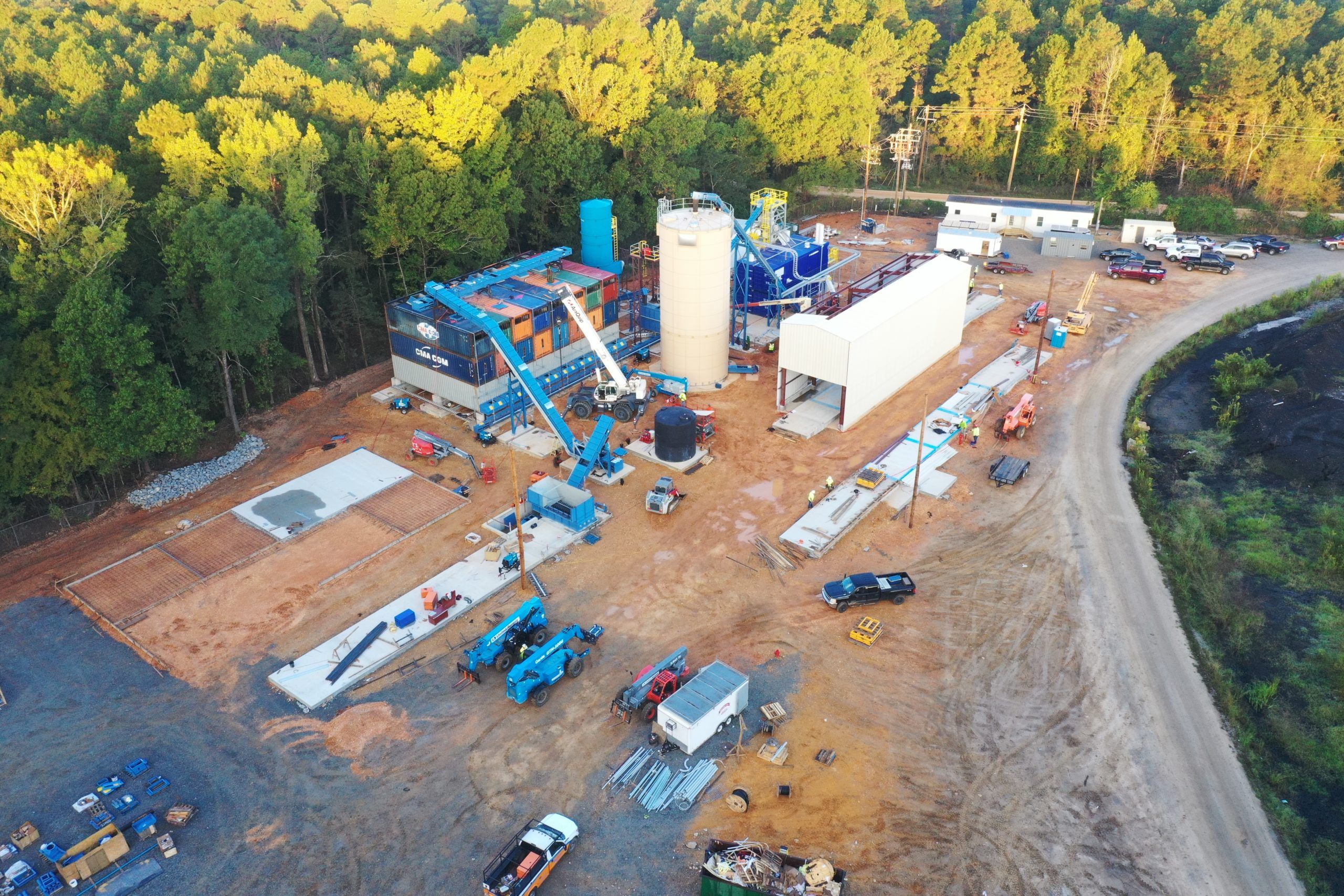
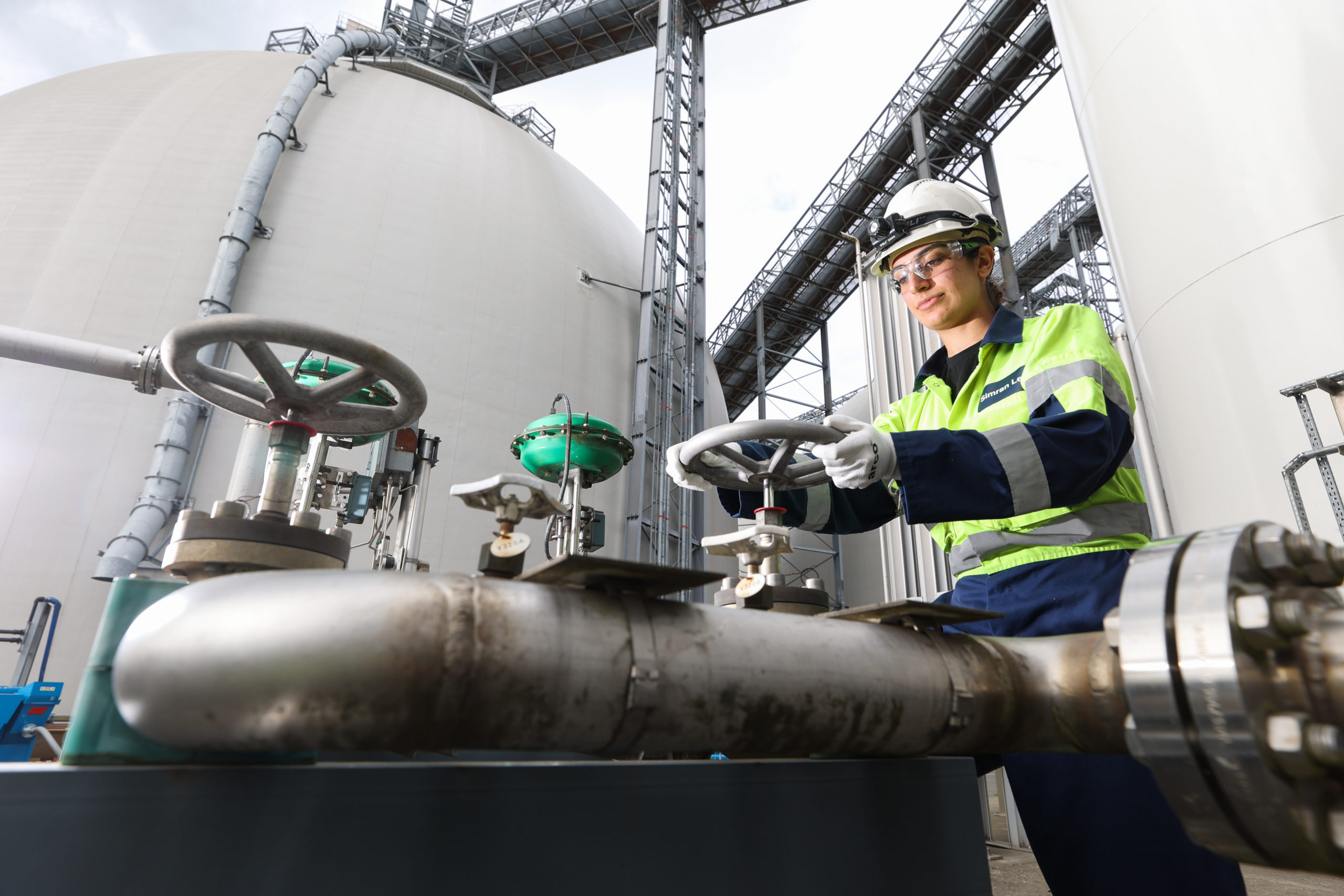
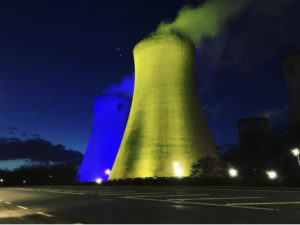
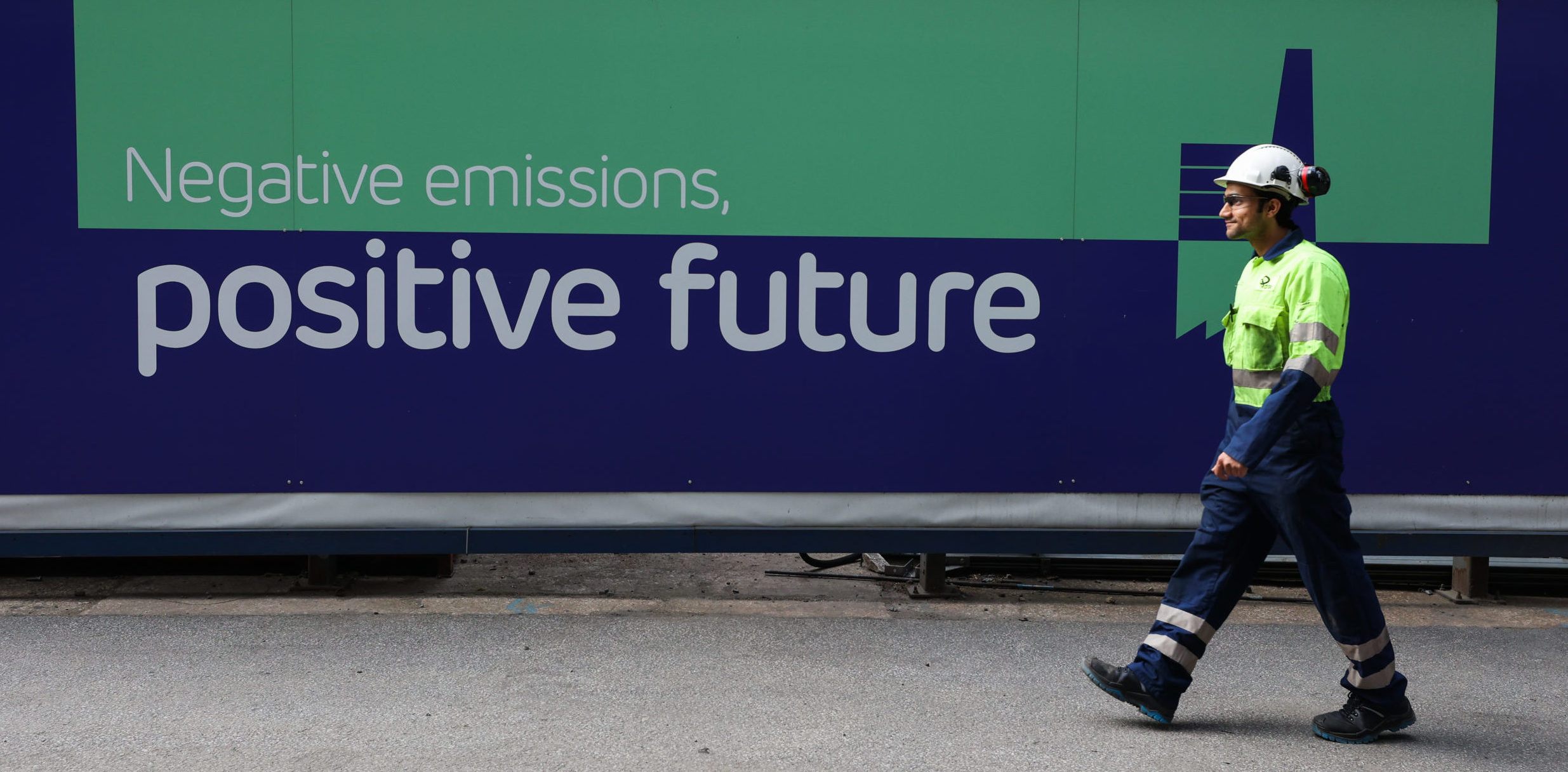
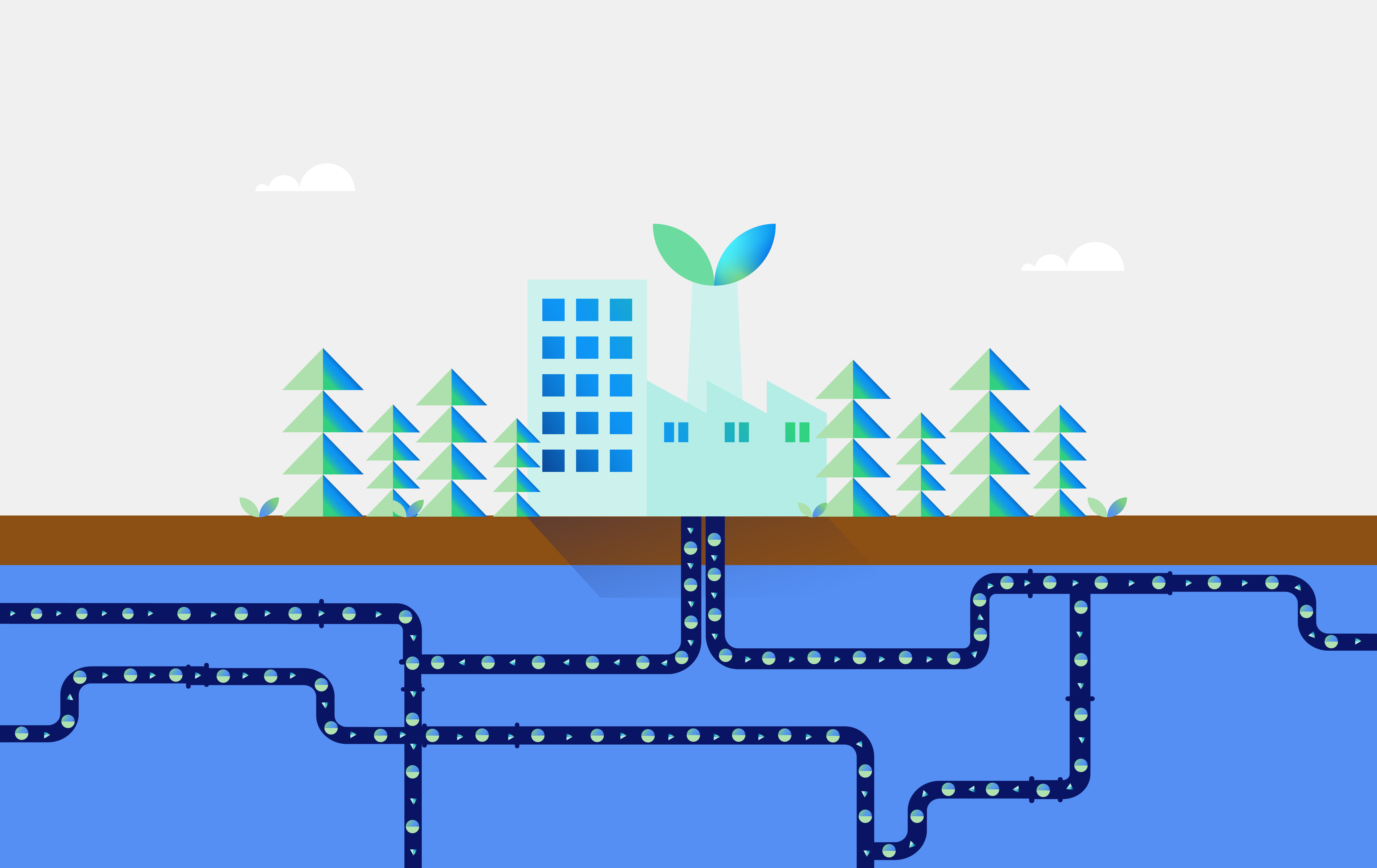



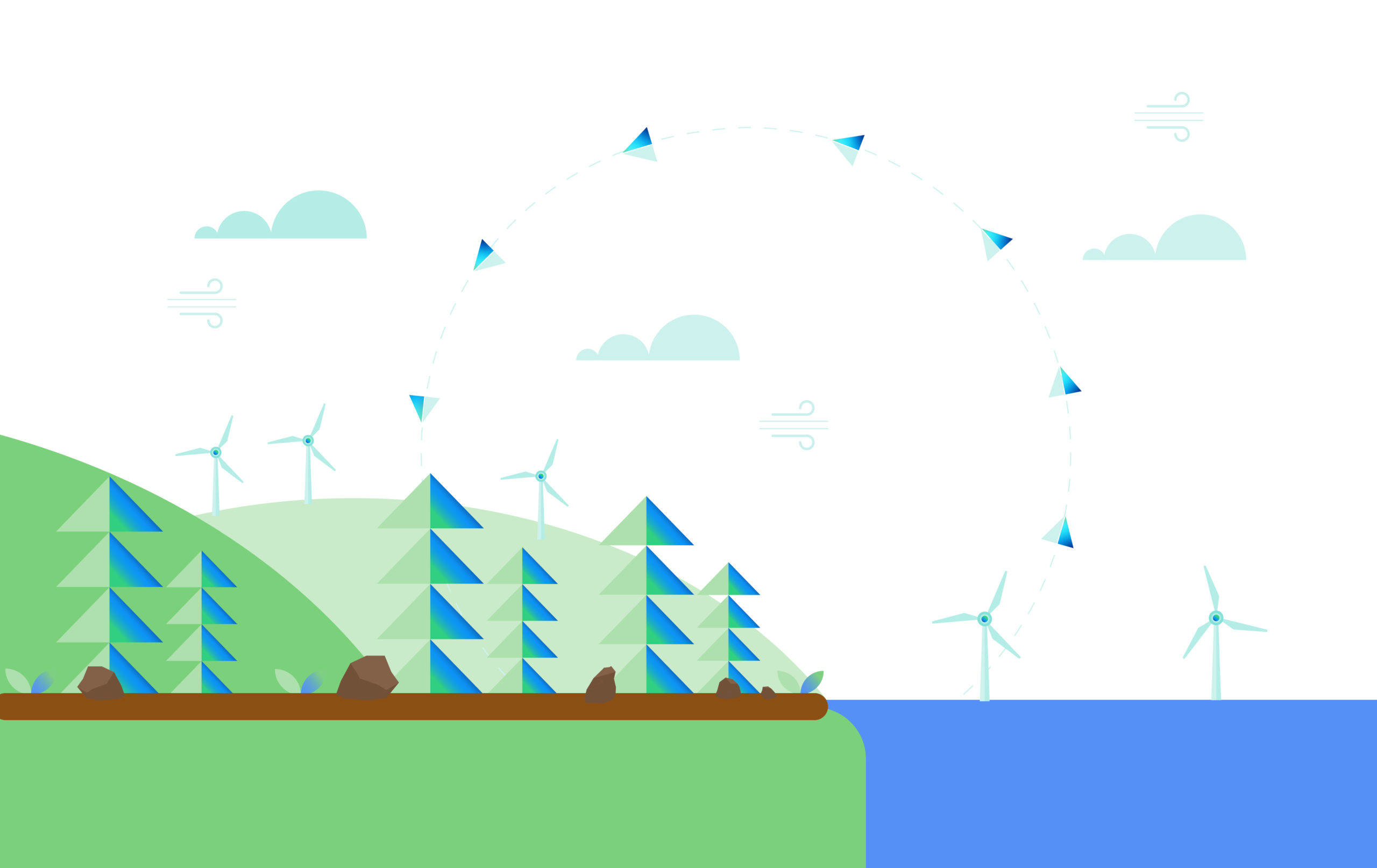

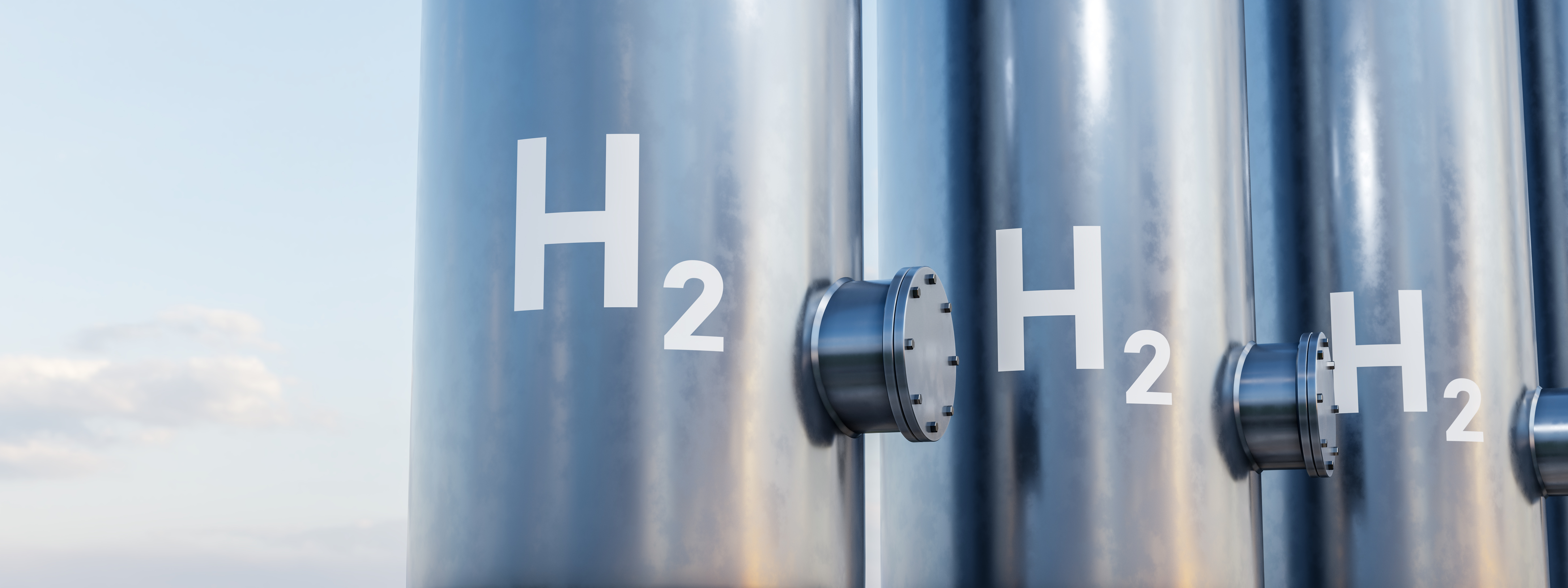
 Reaching net zero means more than just transitioning to renewable and low carbon electricity generation. The whole UK economy must transform where its energy comes from to low-emissions sources. This includes ‘hard-to-abate’ industries like steel, cement, and heavy goods vehicles (HGVs), as well as areas such as domestic heating.
Reaching net zero means more than just transitioning to renewable and low carbon electricity generation. The whole UK economy must transform where its energy comes from to low-emissions sources. This includes ‘hard-to-abate’ industries like steel, cement, and heavy goods vehicles (HGVs), as well as areas such as domestic heating.

